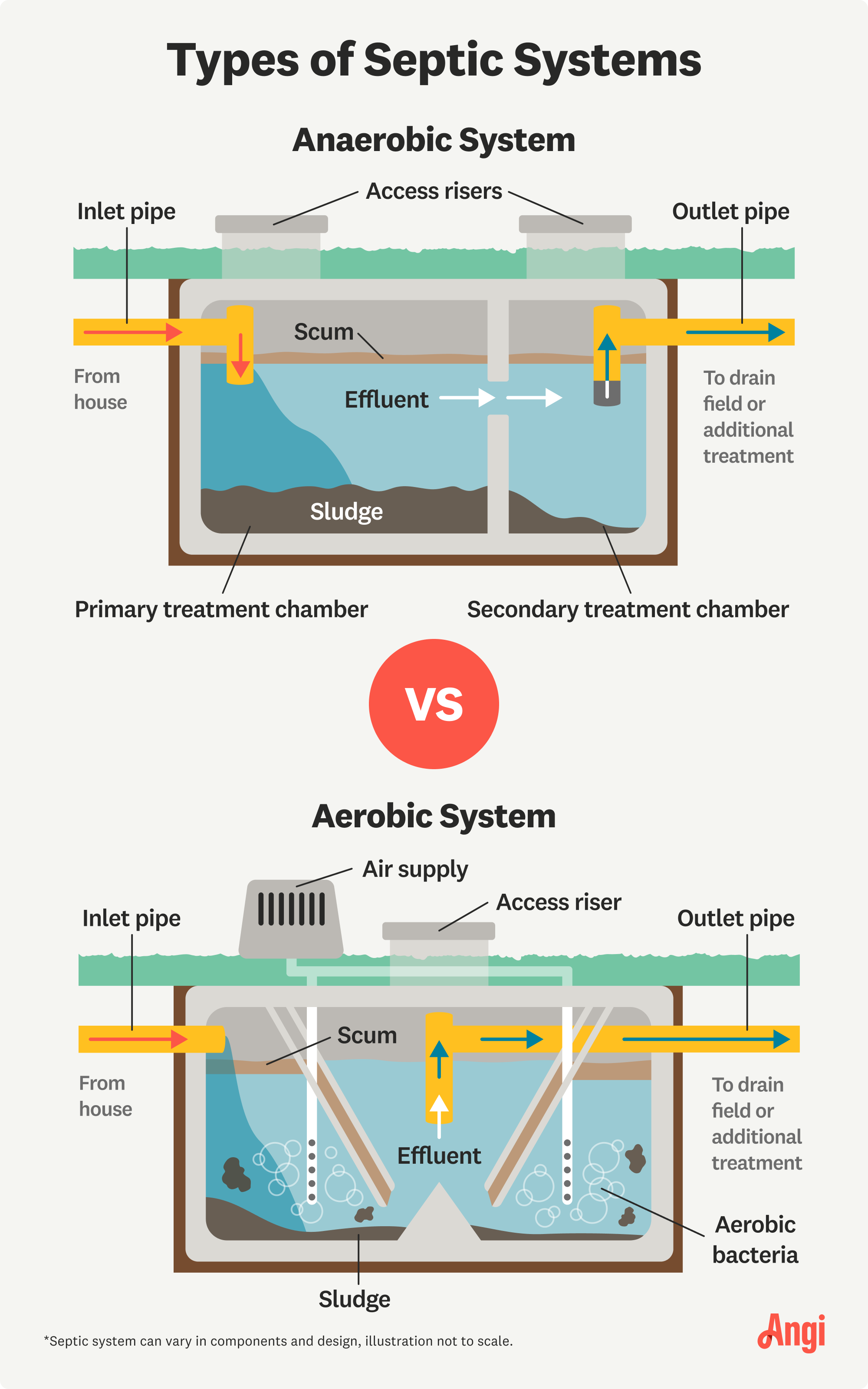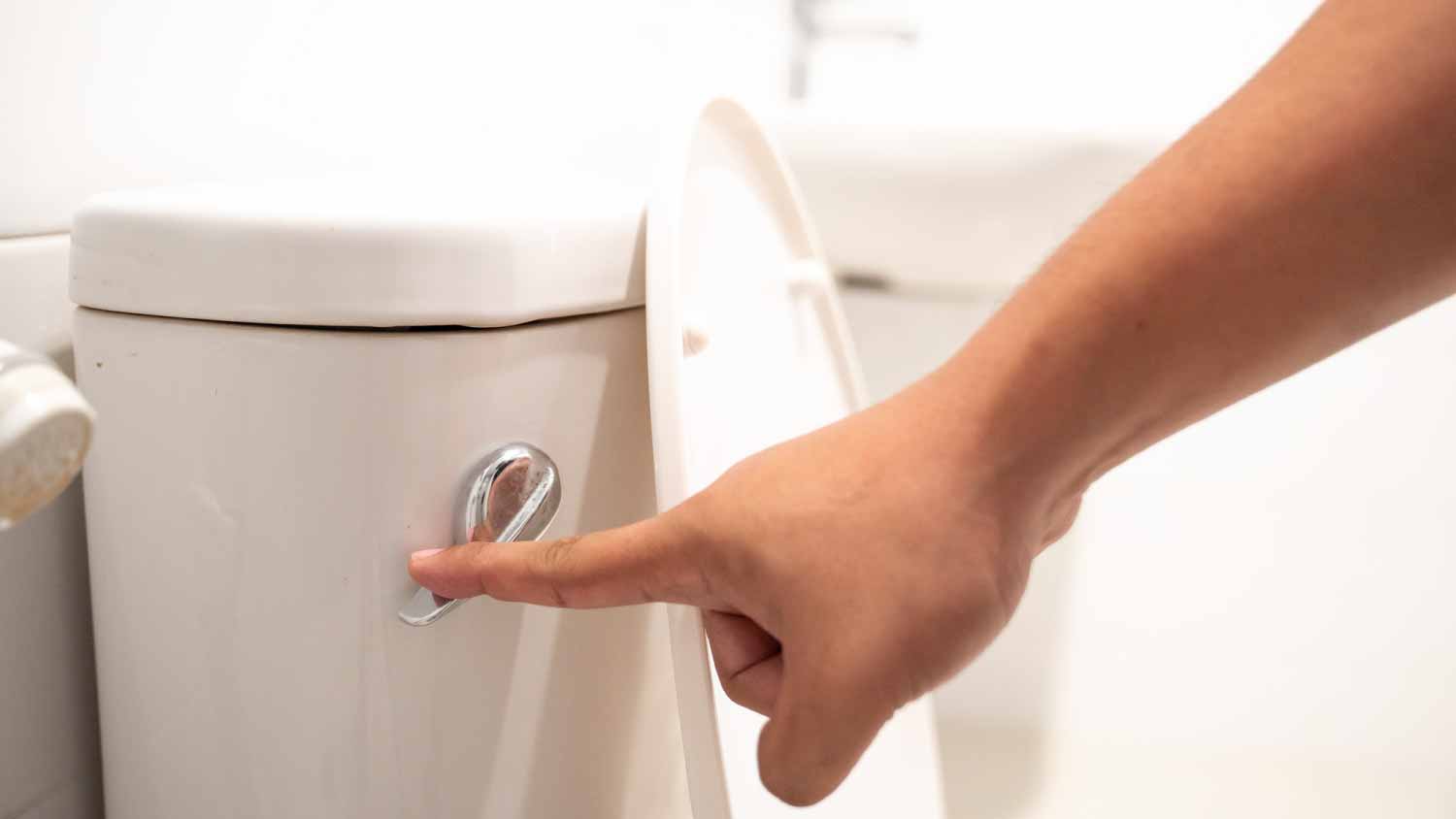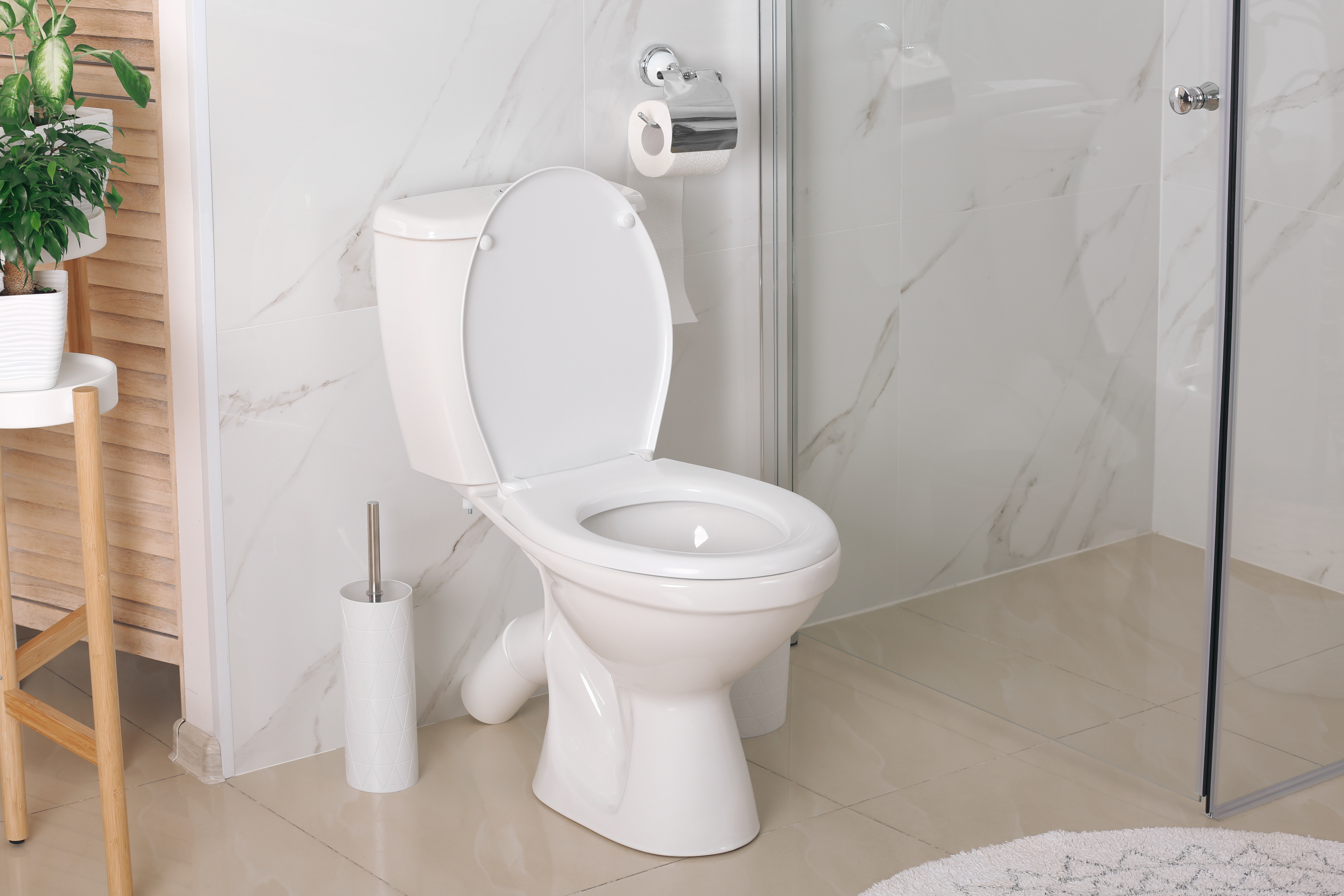
Replacing a drain field requires digging up quite a bit of land and involves a decent amount of testing. Using this guide, you’ll learn how much it costs to replace a drain field based on a few key factors such as size and type of septic system.
Septic system installation costs between $4,519 and $12,680 in Austin, Texas, with an average of $8,599. Your septic pro will consider the system type, size, and location for a personalized quote.


Septic system installations in Austin cost about 7% more than the national average, so budget accordingly.
Austin’s water table, winter weather, and soil type are compatible with all three septic tank material types, making the decision-making process easier.
Keeping your septic system in top-notch shape in Austin can help increase your home’s value.
Although many homes in Austin, Texas, are connected to the city’s sewer system, there are plenty that use septic systems—such as those in the perimeter of city limits and newer housing developments. Installing a septic system in Austin comes out to $8,599 on average, although it can range between $4,519 and $12,680. Find out how your home’s size, septic type, and more will affect your project’s costs.
Here are the main cost factors to consider when planning a septic system installation in Austin, Texas.
The septic tank size you need will depend on the number of bedrooms your home has. For a three- or four-bedroom home, you’d need a 1,000-gallon septic tank, which costs $1,000 to $1,700 for the tank alone.
Larger houses have more sinks, toilets, bathtubs, and other wastewater sources that flow into the septic tank. As tank size increases, so do costs.
| House Size (Bedrooms) | Tank Size (Gallons) | Average Cost |
|---|---|---|
| 1 | 500 | $600–$1,000 |
| 2 | 750 | $750–$1,300 |
| 3–4 | 1,000 | $1,000–$1,700 |
| 5–6 | 1,200 | $1,300–$1,800 |
| 6–7 | 1,500 | $1,700–$2,700 |
Septic tanks are commonly made of plastic, concrete, or fiberglass, with fiberglass being the most expensive. In Austin, where the water table isn’t high in most areas, you don’t have to worry about plastic or fiberglass tanks floating. The soil is also alkaline, reducing the risk of corrosion.
The winters aren’t harsh either, so you can install concrete tanks without worrying about cracks during freeze-thaw cycles. Here’s how much a tank costs based on each material.
| Septic Tank Material | Average Cost | Pros | Cons |
|---|---|---|---|
| Plastic | $600–$2,200 | Lightweight and easier to install | Can crack under heavy weight |
| Concrete | $750–$2,200 | Long-lasting and highly durable | Difficult installation due to the weight |
| Fiberglass | $1,300–$2,200 | Low-maintenance | Most expensive |

Each type of septic system comes with its own set of pros and cons. While anaerobic systems are relatively low-maintenance, they aren’t great for small properties. Similarly, anaerobic systems can do well in small spaces but require extra work.
| Anaerobic | Aerobic |
|---|---|
| Anaerobic bacteria break down waste | Aerobic bacteria break down waste |
| More affordable | More expensive |
| Uses fewer chemicals | More efficient |
| Needs a larger leach field | Good for smaller properties |
Anaerobic: Anaerobic systems are more common and cost $3,000–$8,000. They’re less costly than aerobic systems and don’t need extra power or chemicals, but they’re less efficient and require a larger leach field. A pipe runs from the house to the septic tank, where another pipe runs into the leach field. Anaerobic bacteria break down solid waste before the system distributes the wastewater into the soil.
Aerobic: Aerobic septic systems utilize oxygen pumped into the tank to activate bacteria that feed on the solid waste. They’re more expensive at $10,000–$20,000 but are more efficient and work well on smaller properties. They require additional power to run, so hook yours up to a power generator in case of a power outage. Otherwise, these systems can plug into your property’s main power source.
When prepping your land for a septic system installation, there are specific steps to follow. Site prep includes:
Land Survey: You’ll need to get a land survey before installing a septic system to ensure your plans fall within property lines. Expect to spend $330–$900 to hire a licensed land surveyor.
Percolation Test: Before the installation, you need a local perc test pro to perform a percolation test. The test measures water drainage in the soil, soil type, and the height of each sediment layer on your property to determine the best type of septic system for you. The cost to test your soil is $700–$2,000.
Leach Field Installation: Septic tank systems consist of a septic tank and a trench referred to as a leach field or drain field. This section of the system transports the wastewater back to the soil. Drain field installation costs $5,000–$12,000.
Keep these pro costs in mind when hiring a septic tank installer in Austin, Texas.
Labor for a septic system installation is 50% to 70% of the total project cost. It’s well worth it to pay a professional to do the job, because the process is lengthy and complex. By handing this off to a qualified septic installer, you know that everything will be done to code.
Permits are required for septic system installations in Austin. A new septic permit costs about $700 and requires a site evaluation, a site plan drawing, sizing and design calculations, and more. In most cases, your septic installer will take care of the process for you. Although they may request your help with securing a few documents, such as the proof of property ownership.
A septic system in excellent shape can increase your home’s value because future homebuyers have the peace of mind that they won’t have issues with their wastewater system. However, if your septic system is in poor condition and hasn’t been maintained regularly, it can lower your home’s value. For example, septic tank repair costs $1,830 on average, which a homebuyer has to keep in mind if they’re looking at a property with a septic system that isn’t up to par.
Pumping your septic tank every three to five years is one of the most important septic maintenance tasks. When you combine that with flushing only approved items (toilet paper and waste) and avoiding driving over your drain field, you have a recipe for a long-lasting septic system.
Home is the most important place on earth, which is why Angi has helped more than 150 million homeowners transform their houses into homes they adore. To help homeowners with their next project, Angi provides readers with the most accurate cost data and upholds strict editorial standards. We survey real Angi customers about their project costs to develop the pricing data you see, so you can make the best decisions for you and your home. We pair this data with research from reputable sources, including the U.S. Bureau of Labor Statistics, academic journals, market studies, and interviews with industry experts—all to ensure our prices reflect real-world projects.
Want to help us improve our cost data? Send us a recent project quote to [email protected]. Quotes and personal information will not be shared publicly.
From average costs to expert advice, get all the answers you need to get your job done.

Replacing a drain field requires digging up quite a bit of land and involves a decent amount of testing. Using this guide, you’ll learn how much it costs to replace a drain field based on a few key factors such as size and type of septic system.

Need to know what sewer line replacement costs in Kansas City, MO? This guide will help you prepare to budget for sewer line replacement done by local contractors.

Need to know what sewer line replacement costs in Portland, OR? This guide will help you prepare to budget for sewer line replacement done by local contractors.

A full septic tank can cause health issues and costly repairs. Look out for these top seven warning signs your septic tank is full.

Not all cesspool messes need a total clean-out. Learn how to clean a cesspool so you know whether you can tackle it yourself and when to call in a pro.

Need to know what sewer line replacement costs in Minneapolis, MN? This guide will help you prepare to budget for sewer line replacement done by local contractors.